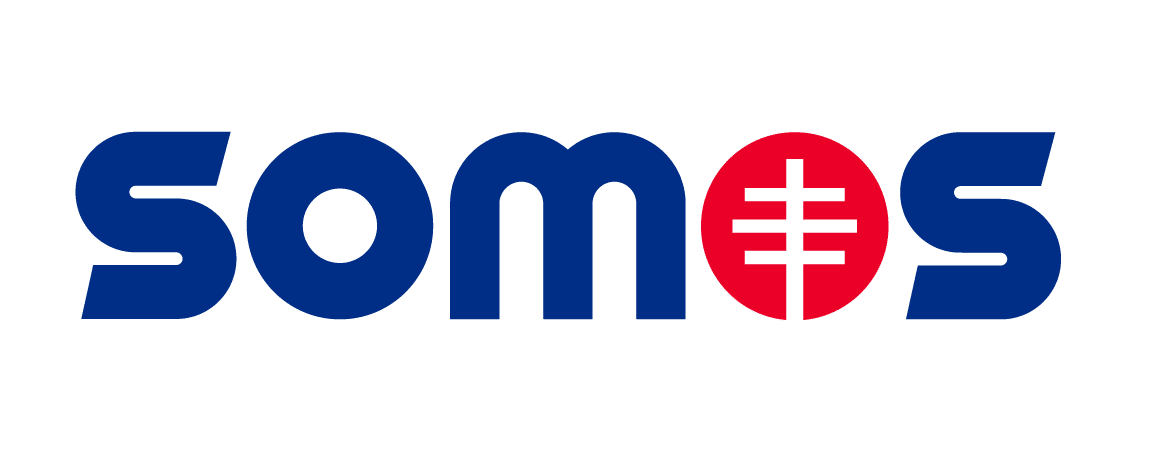Crain’s Health Pulse
MOST OF DSRIP FUNDS FOR COMMUNITY BASED ORGANIZATIONS WENT TO A FEW NONPROFITS SAYS CBC
The union 1199SEIU received $2.3 million, or about a fifth, of the funds distributed to New York’s community-based organizations during the first two years of DSRIP, the state’s Medicaid-reform initiative, according to a report released Monday by the Citizens Budget Commission.
The union received the funding to provide training to the performing provider systems led by Maimonides Medical Center and SBH Health System from April 2015 to March 2017, according to the CBC’s analysis of publicly available data. The union qualified as a community-based organization under DSRIP because it does not typically receive Medicaid funds.
The CBC noted in its report that it was able to identify recipients of only $7.4 million of the $11.8 million distributed in DSRIP’s first two years from PPS quarterly reports.
One of the biggest criticisms of the reform initiative is that the leaders of the program’s 25 provider networks have not been quick or generous enough in distributing funds to community-based organizations.
The Bronx nonprofit A.I.R. NYC, which employs community health workers to help New Yorkers manage their asthma, was the only other community-based organization identified by the CBC as earning more than $1 million through DSRIP in the first two years. Overall, nine entities earned more than three quarters of the payments for which information was available, the CBC found.
The flow of DSRIP funds to community-based organizations doubled after the PPS’s faced criticism during their midpoint assessment, said state Medicaid Director Jason Helgerson, speaking remotely from Albany during a CBC forum in Manhattan Monday.
Helgerson urged observers of DSRIP to take the long view.
“My hope is we can cement relationships between providers so we can be successful collectively in the value-based-payment environment,” Helgerson said.
The CBC report highlighted several challenges in establishing those relationships, including a lack of precedent for what they should look like, a lack of resources at smaller community organizations to engage in contracting and uncertainty about what kind of return on investment larger institutions could expect for their efforts.
For A.I.R. NYC, part of its success in getting funding was that several PPS’s chose a DSRIP project related to asthma. “But even more than our single-disease focus, it was our longstanding commitment to data and analytics that allowed us to participate early on,” Shoshanah Brown, executive director of A.I.R. NYC, said Monday after the panel discussion.
Many of the human-services nonprofits in the city are insolvent and unable to make the investments necessary to engage in value-based contracting, said Allison Sesso, executive director of the Human Services Council of New York.
Ken Gibbs, president and chief executive of Maimonides Medical Center, said the focus of DSRIP should remain on the “triple aim” of producing better health outcomes, reducing costs and improving patient experience.
“The health care dollar shouldn’t have the burden of making up for the underfunding of social services,” Gibbs said.
|
